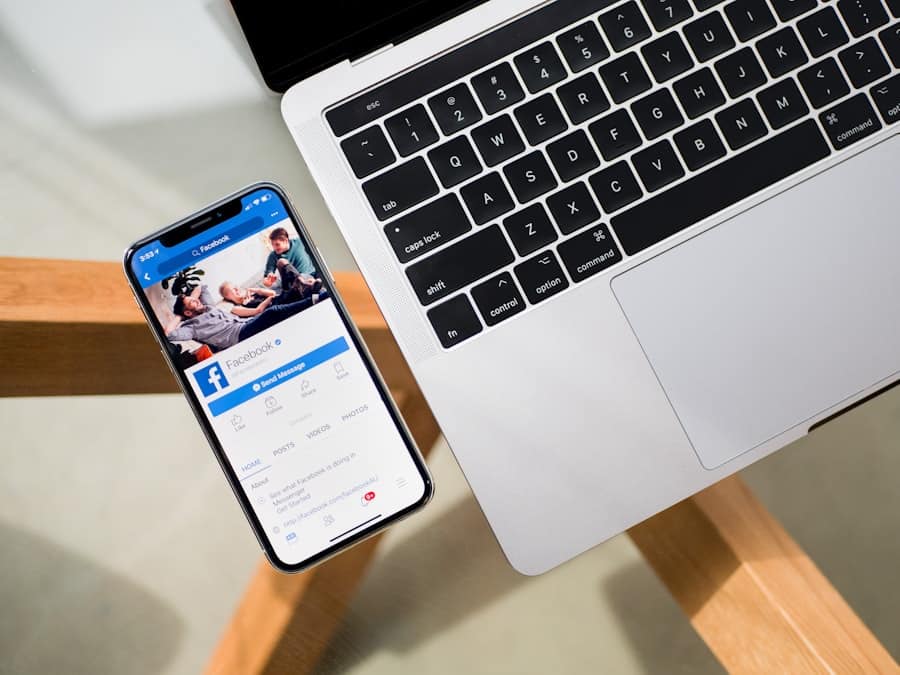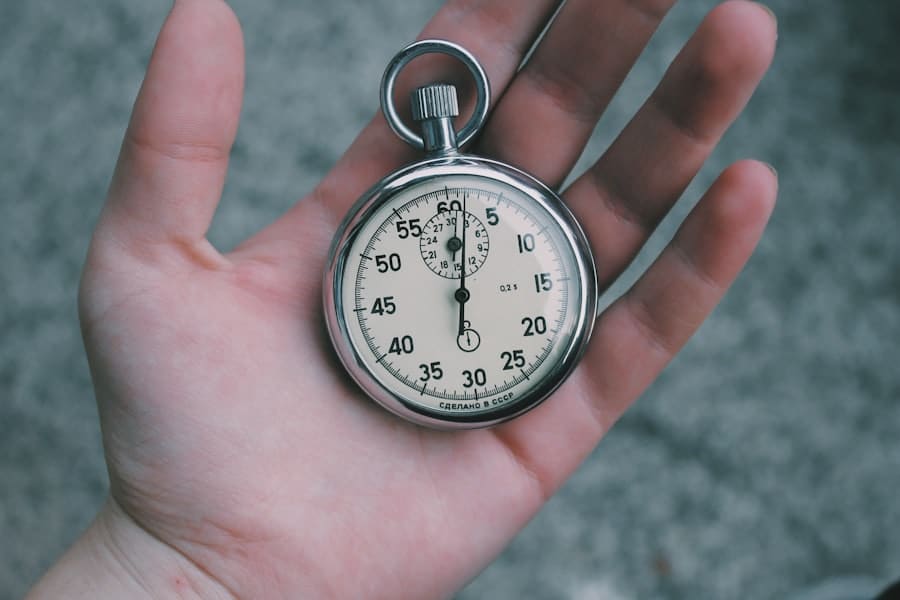In the evolving landscape of remote work, time-tracking tools have emerged as essential instruments for both employees and employers. These tools serve a dual purpose: they help individuals manage their time effectively while providing organizations with insights into productivity levels. The shift to remote work has blurred the lines between personal and professional time, making it increasingly challenging for employees to maintain a healthy work-life balance.
Time-tracking tools can help delineate these boundaries by allowing workers to log their hours, set specific work periods, and ensure that they are not overextending themselves. This structured approach to time management can lead to improved focus and reduced burnout, which is particularly crucial in a remote setting where the temptation to work longer hours can be overwhelming. Moreover, for managers and team leaders, time-tracking tools offer a wealth of data that can inform decision-making processes.
By analyzing how time is spent across various tasks and projects, leaders can identify bottlenecks, allocate resources more effectively, and enhance overall team performance.
When employees know that their time is being tracked, they are often more motivated to stay on task and meet deadlines.
Thus, the importance of time-tracking tools extends beyond mere record-keeping; they are integral to fostering a culture of productivity and transparency in remote work environments.
Key Takeaways
- Time-tracking tools are essential for remote work to ensure productivity and efficiency.
- Choose a time-tracking tool that suits your team’s needs and integrates well with your existing systems.
- Set up the time-tracking tool with clear guidelines and ensure accuracy for efficient tracking.
- Communicate expectations and guidelines for using the time-tracking tool to all team members.
- Train team members on how to use the time-tracking tool effectively to maximize its benefits.
Choosing the Right Time-Tracking Tool for Your Team
Assessing Team Size and Project Complexity
The first step in choosing a time-tracking tool is to assess the size of the team and the complexity of the projects being managed. For smaller teams or simpler projects, a basic tool with straightforward features may be sufficient. However, larger teams or those engaged in multifaceted projects may require more advanced functionalities, such as project management integration, reporting capabilities, and real-time collaboration features.
Compatibility with Existing Software Systems
Another critical aspect to consider is the compatibility of the time-tracking tool with existing software systems. Many organizations utilize a suite of applications for communication, project management, and file sharing. Therefore, choosing a time-tracking tool that seamlessly integrates with these platforms can enhance efficiency and reduce friction in workflows. For instance, tools like Clockify or Time Doctor offer integrations with popular project management software such as Asana or Trello, allowing teams to track time directly within their existing workflows.
Evaluating Pricing Structure and Functionality
It is also essential to evaluate the pricing structure of these tools, as some may offer free versions with limited features while others operate on a subscription basis. Balancing cost with functionality is crucial to ensure that the chosen tool provides value without straining the budget.
Setting Up the Time-Tracking Tool for Accuracy and Efficiency
Once a suitable time-tracking tool has been selected, the next step is to set it up in a manner that promotes accuracy and efficiency. This process begins with configuring the tool according to the specific needs of the team. For example, creating distinct projects and tasks within the tool allows team members to categorize their work accurately.
This categorization not only aids in tracking but also provides valuable insights into where time is being spent across different areas of responsibility. Additionally, establishing clear guidelines for how time should be logged—such as whether to track time in real-time or at the end of each day—can enhance consistency in data collection. Furthermore, it is essential to ensure that all team members are familiar with the tool’s features and functionalities from the outset.
This may involve customizing settings such as notifications or reminders to encourage regular use of the tool. For instance, enabling reminders for team members to log their hours at specific intervals can help mitigate forgetfulness and ensure that data remains accurate. Additionally, utilizing features such as automatic time tracking can further streamline the process by reducing manual input errors.
By taking these steps during the setup phase, organizations can create an environment where accurate time tracking becomes an integral part of daily operations.
Communicating Expectations and Guidelines for Using the Time-Tracking Tool
Effective communication is paramount when introducing a new time-tracking tool to a remote team. It is crucial to articulate clear expectations regarding how and when team members should use the tool. This includes outlining specific guidelines on logging hours, categorizing tasks, and reporting any discrepancies or issues encountered while using the tool.
By establishing these expectations upfront, organizations can minimize confusion and ensure that everyone is on the same page regarding their responsibilities. In addition to setting expectations, it is beneficial to foster an open dialogue about the purpose of time tracking within the organization. Team members may have concerns about being micromanaged or feel apprehensive about how their tracked data will be used.
Addressing these concerns transparently can help alleviate anxiety and build trust within the team. For example, explaining that the primary goal of tracking time is to enhance productivity and identify areas for improvement rather than to scrutinize individual performance can create a more positive atmosphere around the tool’s implementation. Encouraging feedback from team members about their experiences with the tool can also promote a sense of ownership and collaboration in refining its use.
Training Team Members on How to Use the Time-Tracking Tool
Training is a critical component of successfully implementing a time-tracking tool within a remote team. Providing comprehensive training sessions ensures that all team members are equipped with the knowledge and skills necessary to utilize the tool effectively. This training can take various forms, including live demonstrations, recorded tutorials, or written guides that outline key features and best practices for using the tool.
By offering multiple formats, organizations can cater to different learning styles and preferences among team members. Moreover, it is beneficial to incorporate hands-on practice during training sessions. Allowing team members to explore the tool in real-time while guided by an instructor can help reinforce their understanding and build confidence in using it independently.
Additionally, creating a dedicated support channel—such as a Slack group or an email thread—where team members can ask questions or seek assistance can further enhance their learning experience. This ongoing support not only helps address immediate concerns but also fosters a culture of continuous improvement as team members become more adept at using the tool over time.
Monitoring and Analyzing Time-Tracking Data for Productivity and Efficiency
Unlocking Productivity Insights
Once team members begin using the time-tracking tool, it becomes essential for managers to monitor and analyze the collected data regularly.
For instance, if data reveals that a significant amount of time is being spent on administrative tasks rather than core project work, managers can take proactive steps to address this imbalance by reallocating resources or streamlining processes.
Data-Driven Performance Evaluations
Analyzing time-tracking data can facilitate performance evaluations and goal-setting discussions within teams. By reviewing individual contributions alongside overall team performance metrics, managers can provide constructive feedback that is grounded in objective data rather than subjective impressions. This approach not only enhances accountability but also empowers employees by recognizing their efforts based on quantifiable results.
Informed Decision-Making for Future Projects
Furthermore, regular analysis of time-tracking data allows organizations to make informed decisions about future project planning and resource allocation, ultimately driving greater efficiency across remote teams.
Addressing Challenges and Concerns with Time-Tracking Tools in Remote Work
Despite their benefits, implementing time-tracking tools in remote work settings can present challenges that need to be addressed proactively. One common concern among employees is the fear of being micromanaged or having their autonomy undermined by constant monitoring. To mitigate this concern, it is crucial for organizations to emphasize that time tracking is intended as a supportive measure rather than a punitive one.
Open discussions about how tracked data will be used—focusing on enhancing productivity rather than scrutinizing individual performance—can help alleviate anxiety among team members. Another challenge lies in ensuring consistent usage of the time-tracking tool across all team members. Some individuals may struggle with adopting new technologies or may forget to log their hours regularly.
To combat this issue, organizations can implement strategies such as gamification—where employees earn rewards or recognition for consistent usage—or regular check-ins to remind team members about logging their hours. Additionally, fostering a culture that values transparency and accountability can encourage employees to embrace time tracking as an integral part of their workflow rather than viewing it as an additional burden.
Adjusting and Improving Time-Tracking Processes for Remote Work Success
As remote work continues to evolve, organizations must remain adaptable in their approach to time tracking processes. Regularly soliciting feedback from team members about their experiences with the time-tracking tool can provide valuable insights into areas for improvement. For instance, if employees express frustration with certain features or suggest enhancements that could streamline their workflows, organizations should be open to making adjustments based on this feedback.
Moreover, it is essential to periodically review the effectiveness of the chosen time-tracking tool itself. As teams grow or project complexities change, what once worked well may no longer meet evolving needs. Organizations should remain vigilant about exploring new tools or features that could enhance their time-tracking processes further.
By fostering a culture of continuous improvement and remaining responsive to both employee feedback and technological advancements, organizations can ensure that their time-tracking practices contribute positively to remote work success over the long term.
If you are looking to optimize your remote work setup, you may also be interested in exploring the best software for online arbitrage. This article provides insights into the top tools that can help you streamline your online arbitrage business and maximize your profits. Check it out here for more information.
FAQs
What are time-tracking tools for remote work?
Time-tracking tools for remote work are software applications or platforms that allow remote workers to track the time they spend on various tasks and projects. These tools help remote workers and their employers monitor productivity, manage workloads, and ensure accurate billing for client work.
Why are time-tracking tools important for remote work?
Time-tracking tools are important for remote work because they help remote workers and their employers monitor productivity, manage workloads, and ensure accurate billing for client work. They also provide insights into how time is being spent, which can help improve efficiency and identify areas for improvement.
What features should I look for in time-tracking tools for remote work?
When choosing time-tracking tools for remote work, it’s important to look for features such as the ability to track time spent on specific tasks and projects, generate reports on time usage, integrate with other productivity tools, and provide options for manual and automatic time tracking.
How do I set up time-tracking tools for remote work?
To set up time-tracking tools for remote work, you’ll need to choose a tool that meets your needs, create an account, and customize settings such as project names, task categories, and billing rates. You’ll also need to install any necessary integrations with other tools you use for remote work.
What are some popular time-tracking tools for remote work?
Some popular time-tracking tools for remote work include Toggl, Harvest, Clockify, and Hubstaff. These tools offer a range of features for tracking time, managing projects, and generating reports to help remote workers and their employers stay organized and productive.



